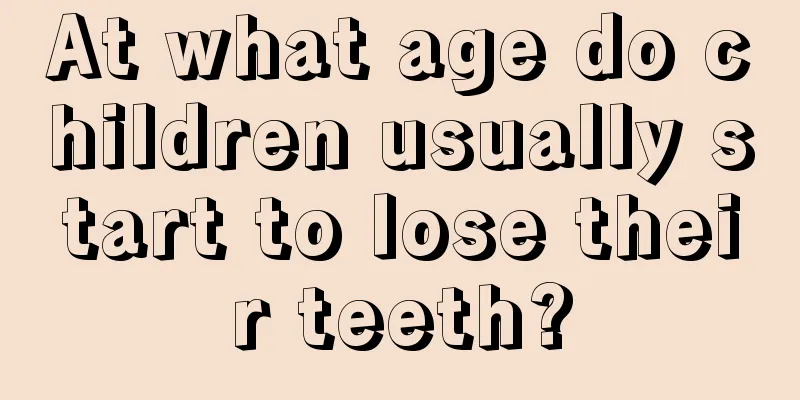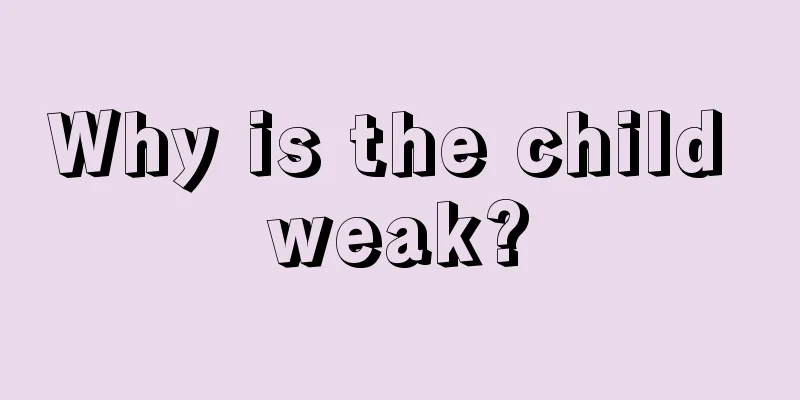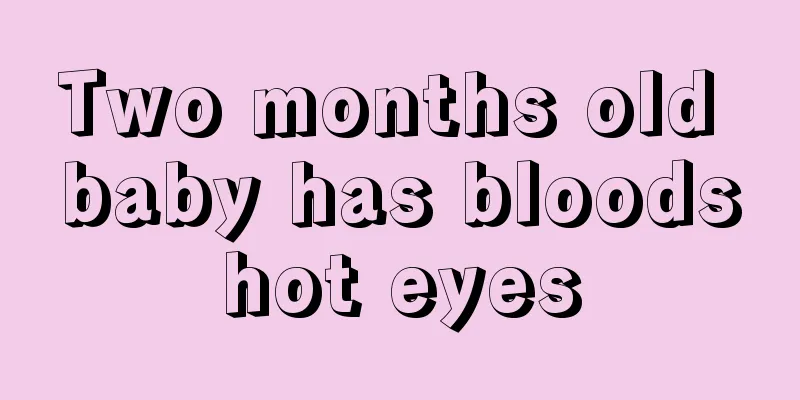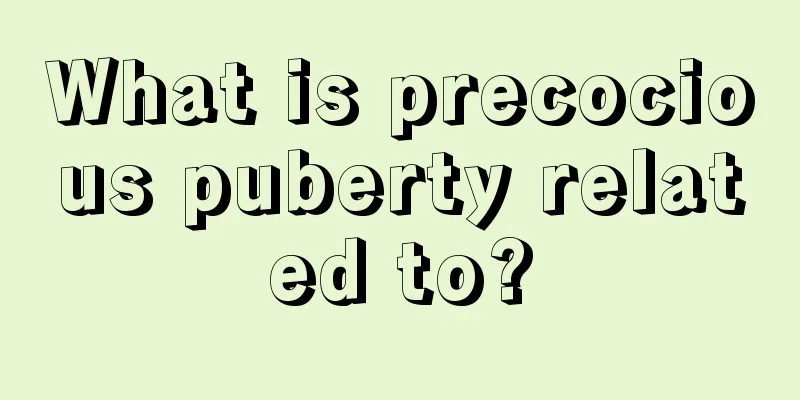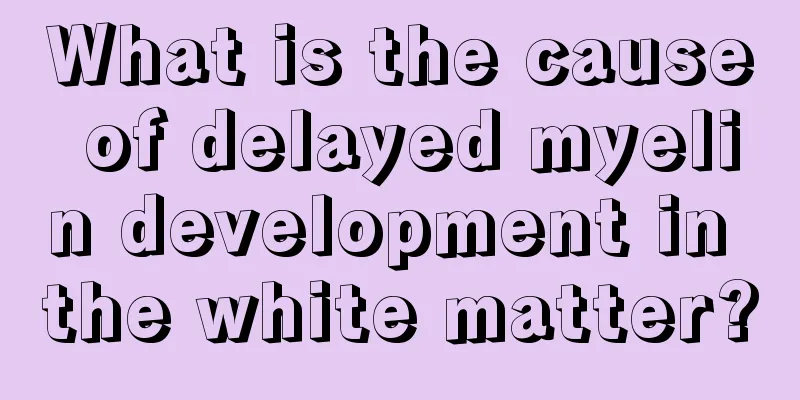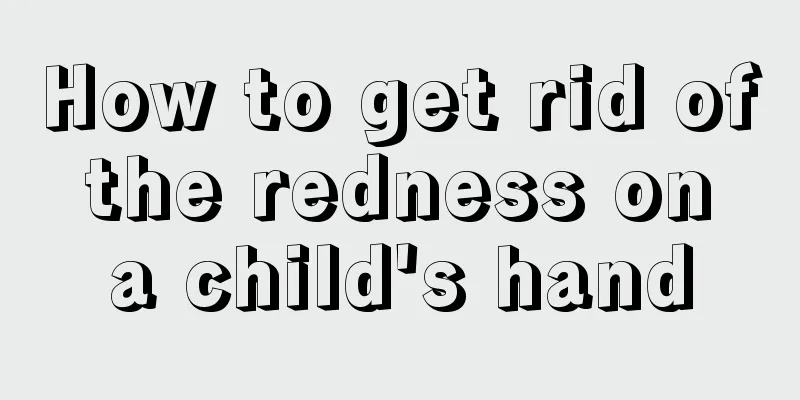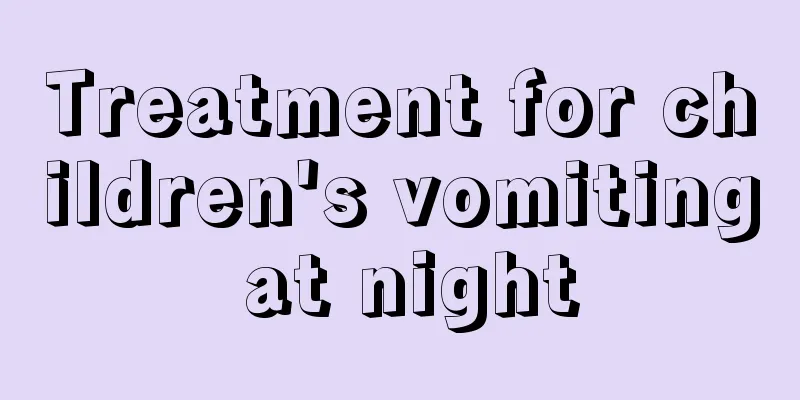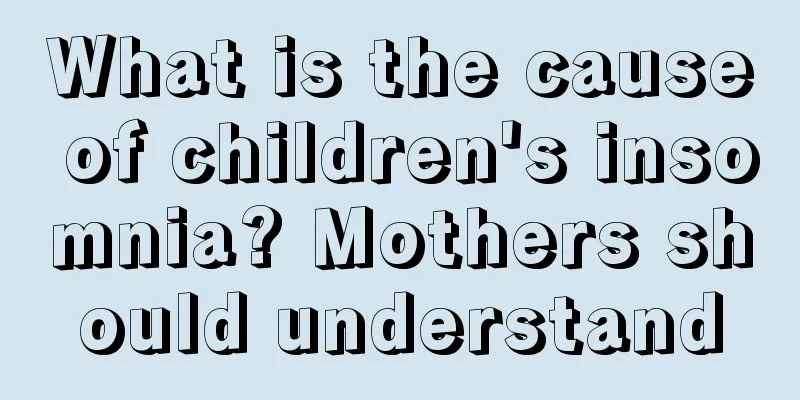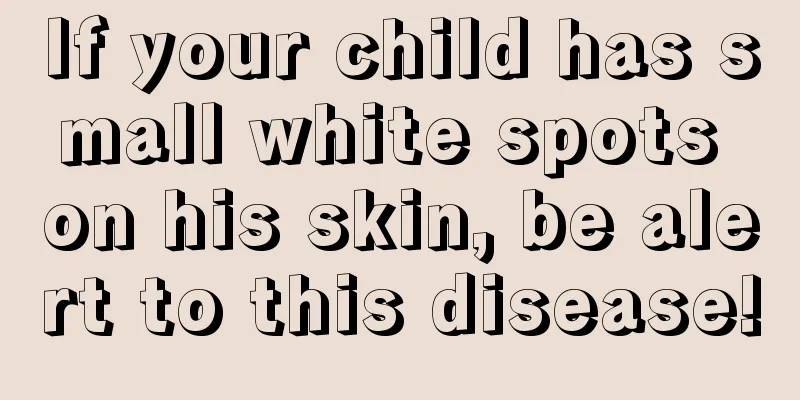What are the early symptoms of cerebral palsy in children?
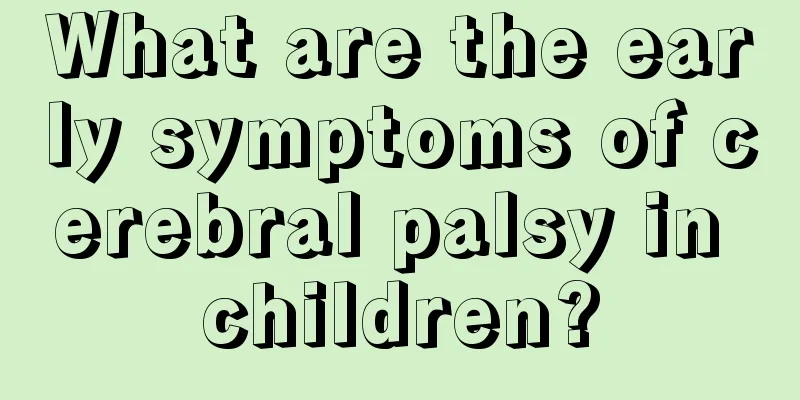
|
Cerebral palsy is a relatively serious disease. The highest incidence rate is in infants and young children. This has a relatively large impact on the child's future life and causes great harm to the child. When a child has cerebral palsy, he or she is often unable to move independently, and sometimes the limbs will twitch repeatedly. It also has a great impact on the mental aspect. Some children will speak unclearly, and it will have a great impact on the intelligence of some children. What are the early symptoms of cerebral palsy in children? 1. Involuntary Movement Children with cerebral palsy will have involuntary movements, which are manifested as athetosis, choreiform movements, dystonia, tremors, etc. The involuntary movements increase when they are nervous, decrease when they are quiet, and disappear after falling asleep. 2. Repeated limb twitching Repetitive limb twitching is a specific type of symptom of cerebral palsy in children. Once this happens, it may indicate a neurological problem, such as a paroxysmal daze that lasts for a short time but occurs repeatedly. This type of child does not have a big impact on learning, but it may be epilepsy. 3. Poor mental state Symptoms of cerebral palsy in children also include poor mental state. Generally speaking, a newborn may be eating well but suddenly stop eating and just sleep all day. At this time, you should consider whether it is omphalitis or sepsis. These are very serious illnesses and can be fatal if not treated promptly. Postural disorders: Various abnormal postures, poor posture stability, the head cannot be upright at 3 months, and is accustomed to leaning to one side, or shaking left and right, front and back. The child does not like to take a bath and has difficulty opening his fist when washing his hands. 4. Intellectual Disability About 1/4 of the children have normal intelligence, about 1/2 have mild or moderate intellectual disabilities, and about 1/4 have severe intellectual disabilities. 5. Language barriers Difficulty expressing oneself, unclear pronunciation or stuttering. 6. Visual and auditory impairment The most common symptoms are esotropia and difficulty distinguishing the rhythm of sounds. 7. Growth and development disorders and short stature. Now we know the symptoms of cerebral palsy in children. These symptoms can be manifested shortly after the baby is born. We should pay attention to observe the children when taking care of them. Once the child is found to have the above symptoms, he should undergo detailed examination in time. Once it is confirmed that the child has cerebral palsy, the child should be treated in time and rehabilitation training should be carried out for the child. |
<<: Child has goose bumps due to fever
>>: Symptoms of fish bone stuck in throat in 8-month-old baby
Recommend
What to do if your child has pain when urinating?
It is a common phenomenon that children have pain...
What to do if your baby's lips are very red
Every move of the baby is of great concern to eve...
How to reduce the fever of baby at night
It is a common phenomenon for babies to suddenly ...
Can children with diarrhea eat boiled eggs?
When children have diarrhea, they are often accom...
What should I do if the umbilical cord does not fall off for two months?
After the baby is born, the umbilical cord will u...
The child has a fever of 39 degrees and is convulsing
It is common for children to catch a cold and hav...
Does pacifier have any effect on children?
Nowadays, many mothers actually insist on breastf...
Newborn baby with blood tumor on head
A person's physical health is very important....
How to train children to concentrate
It is children's nature to like playing and e...
Is it normal for baby's stool to be green?
All issues related to the baby's health and d...
What to do if your child has pain around the belly button
Pain around a child’s belly button is a common di...
What's wrong with anemia in a two-year-old baby?
Children nowadays are very precious and parents a...
Baby poops after drinking breast milk
The excretion function of a newborn baby is very ...
Is it normal for children to lose hair after washing their hair?
Hair loss is common for girls with long hair. Lon...
Methods of massage for children with fever
Massage is a traditional treatment method in Chin...
